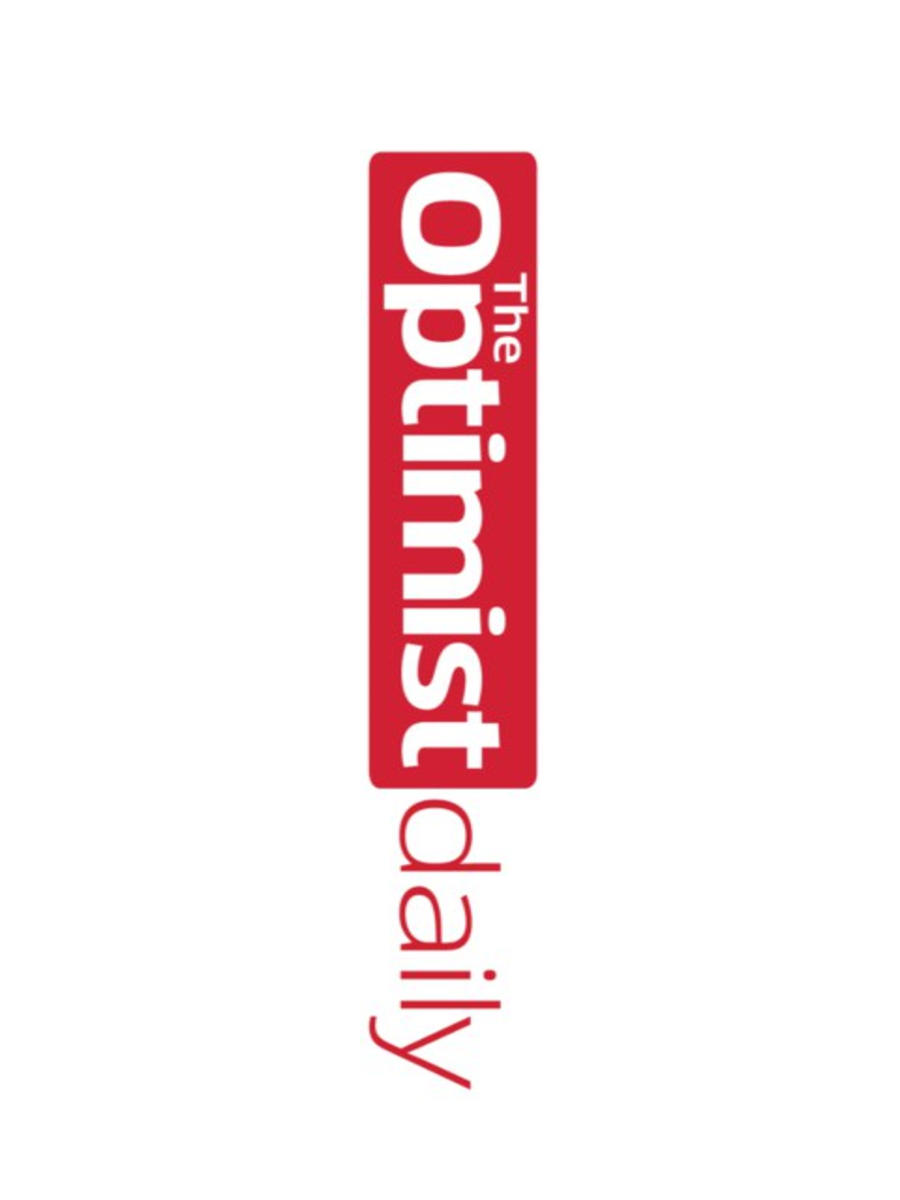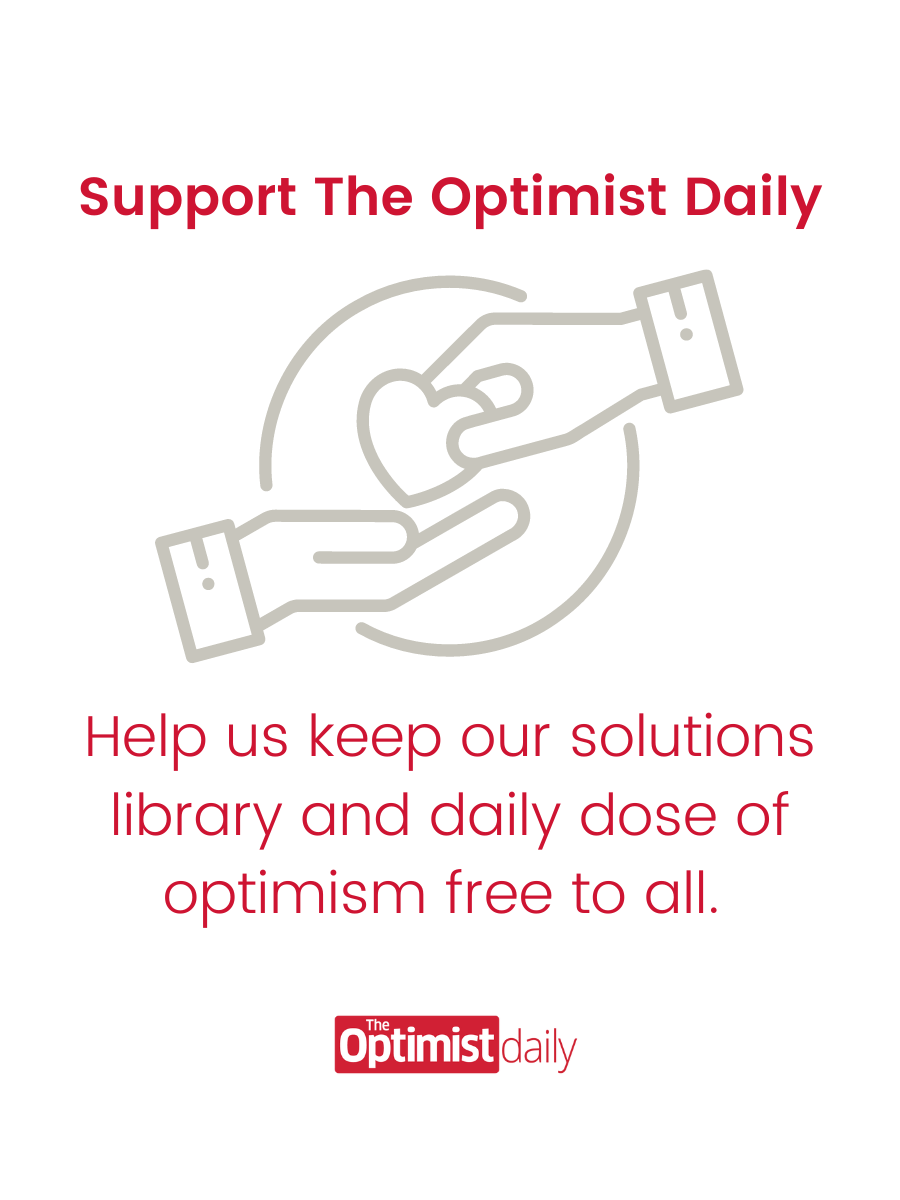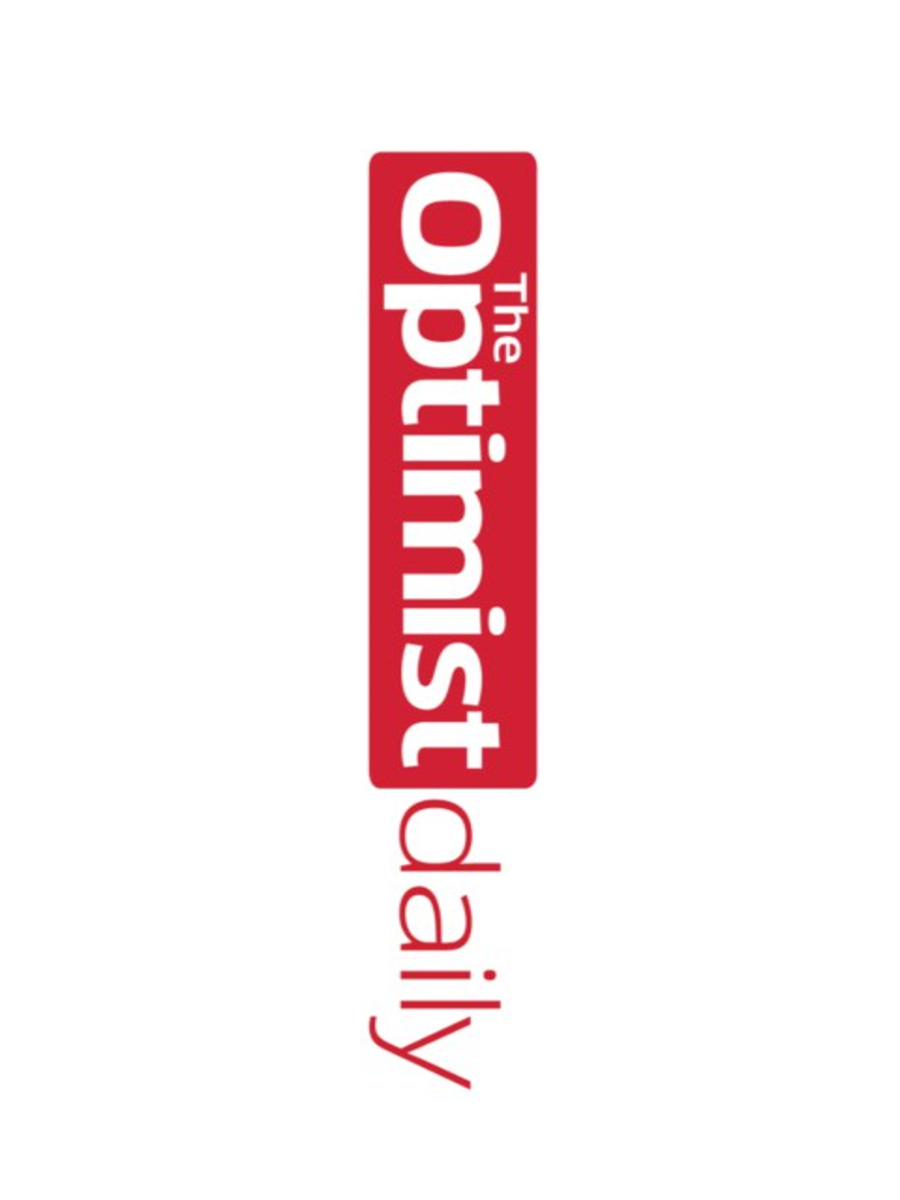Even before COVID-19 struck, food delivery apps were gaining popularity. With people stuck at home and restaurants closed, demand for services like DoorDash, Grubhub, Seamless, and Uber Eats has skyrocketed, leading environmental thinkers from GreenBiz believe this has potential for making our eating habits more green.
By 2023, one-quarter of smartphone users will have a food delivery app downloaded, and choosing plant-based food options has the potential to reduce carbon emissions by 66 gigatonnes, so why not use these apps as a platform to encourage green eating?
Knowledge is powerful and, according to the Yale Center on Climate Change Communications, about half of surveyed Americans would be willing to eat a more plant-based, low-carbon diet if they had more information about how their food choices affected the environment.
Another study at Yale envisioned how food education could be incorporated into delivery apps. One strategy is to create an environmental impact assessment for different meals. This graphic would include a breakdown of the food’s carbon footprint based on ingredients. Another more interactive strategy would be to include “carbon quizzes” in ordering apps. Much like assessments that give you your carbon footprint based on housing and commuting habits, these quizzes would allow customers to respond to questions about their eating habits and learn about how their diet impacts the planet.
Lastly, the most simple solution would be to include charts of the highest and lowest impact foods on the environment. This way, customers would go into the ordering process with more awareness about what ingredients they should order sparingly.
So what’s in it for companies? For the delivery services themselves, the initiative could be used to fulfill internal corporate sustainability metrics on reducing GHG emissions. It is also a way of telling the world the company is environmentally conscious. Additionally, it could attract new customers eager to reform their carbon-intensive eating habits.
For restaurants, the program would allow them to feature plant-based options and recruit new customers. It would also give them valuable information about what their customer base is seeking in terms of dining options.
As more and more people browse food delivery apps for their daily meals, integrating diet-based climate education into these platforms is an incredibly effective way to deliver information on the potential for individuals to reduce their carbon footprint by altering their eating habits. It would also incentivize restaurants to offer more plant-based options, creating a cohesive move towards greener eating on both the supply and demand sides of the restaurant industry.












